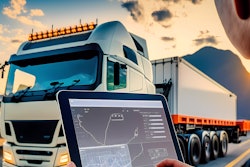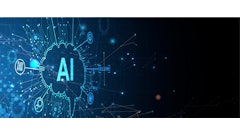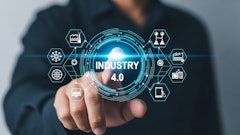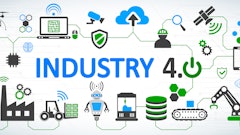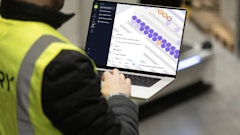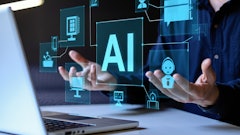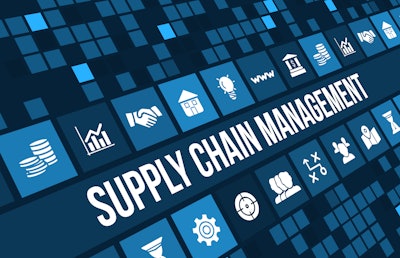
A Chinese proverb says, "The best time to plant a tree was 20 years ago. The second-best time is now.” When it comes to transforming your workflows, it’s easy to think, “oh, it’s a little late – the year already started; there’s no way I can throw in a new workflow – it's better to push it off later.”
That’s the wrong perspective. Sure, the best time to lay the groundwork to transform workflows in 2025 was last year, but the second-best time is now.
In 2025, the three key investments that companies can make in supply chain and manufacturing workflows fall in three categories: artificial intelligence (AI)-powered process optimization, composable commerce, and personalization to drive demand fulfillment.
Here’s how to harness these three trends to transform workflows this year.
AI-powered process optimization
When it comes to supply chain workflows, AI is going to move from front-end assistance to back-end automation.
Previously, AI’s most popular use cases were consumer-facing; chatbots, recommendation algorithms, illustrations, product descriptions. These uses aren’t going away, but they’re being complemented by more deeply embedded workflow integrations and automations.
Recently, there’s been buzz that OpenAI may be about to announce a breakthrough in super-agent AI: AI that can do PhD level tasks such as code software from scratch, completely manage logistics, or analyze complex data and synthesize solutions.
Even if an inkling of that comes to pass, workflows for supply chains will be not just overhauled but evolved. Entire web pages, connections, and even solutions could be generated through prompting. A small team could prompt an AI to create a predictive maintenance program that analyzes when parts will need maintenance, then provide the “human in the loop” with potential orders (with times, prices, and delivery projections). The team could then direct the purchase through the program itself thanks to additional AI-integrations that would connect procurement directly through predictive maintenance.
Ok. That sounds fantastic. It might be. But it’s on the horizon. At minimum, workflows can be augmented with AI automations that reduce time and labor needed to build web pages, analyze data, and automatically connect critical business systems.
Compose your e-commerce ecosystem
There’s a false dichotomy in the e-commerce world: choose an expensive, custom solution, or suffer through an out-of-the box solution that doesn’t provide the functionality you need.
There’s another option, one that provides you the flexibility to use different programs that fit your needs without resorting to expensive customizations or unreliable middleware.
The answer is: composable commerce.
Composability – as a concept – refers to natively integrating disparate best-of-breed solutions to create a custom ecosystem that fits your needs. When it comes to commerce, this means selecting an online commerce system that fits with the business logic of choice: ERP, PIM, CMS, PSP.
This allows manufacturers the flexibility to choose the solutions that fit their needs – and then create a free-flow of real-time data between them. No manual duplication of data, no mountains of IT troubleshooting. This elegant unity of business logic will slash downtime, errors, and manual labor.
Personalization will drive demand fulfillment
A recent report by Adobe and Forrester shows that 66% of B2B buyers want a fully personalized experience – one that exceeds the personalization they get in their personal lives.
It’s time to give the buyers what they want.
When it comes to personalization, B2B buyers particularly care about the online buying experience accurately providing their agreed upon prices and terms. Meeting this personalization demand can be provided through customer portals.
Customer portals give your buyers a unique, personalized online buying experience – one where they see a customized catalog, localized content, and agreed upon prices and terms. They can see and pay both online and offline invoices, allowing for easy reordering, simple order tracking, and seamless order editing – even after purchase.
Further personalization features such as AI-powered product recommendations and guided selling can drive demand even more – creating unique cross sell and upsell opportunities that build buyer loyalty while also increasing sales.
There’s a veritable harvest of personalization that companies can implement now – it's only February! It’s time to act.
Plant a tree today
2025 is already here. Even if the best time to plant a tree was 20 years ago, the second-best time is now. Distributors and manufacturers looking to transform their workflows for 2025 should heed the above quote, and “plant a tree” now.
What type of tree? Focus on back-end AI optimization, composable commerce, and buyer personalization.
Don’t let decision paralysis haunt you; you don’t have to implement everything at once. Instead of planting a whole forest, start with a manageable solution. Choose one tree and “branch out” from there.








